
TEDMED's Picks for 2026
Looking ahead to 2026, we’re highlighting TEDMED Talks selected by our Director of Scientific Content that challenge, inform, and inspire. Covering mental health, equity, innovation, and the human…
Curated Playlists of TEDMED Talks, Conversations and Podcasts flesh out the topics that are driving the future of health and medicine.

Looking ahead to 2026, we’re highlighting TEDMED Talks selected by our Director of Scientific Content that challenge, inform, and inspire. Covering mental health, equity, innovation, and the human…
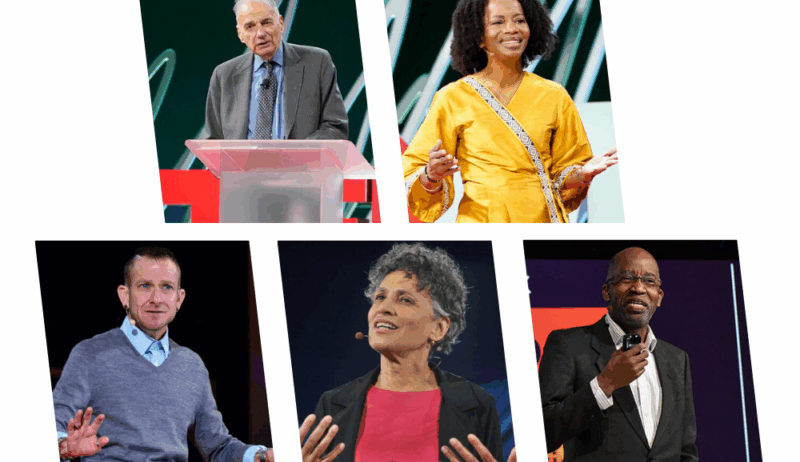
Health is shaped by the systems, communities, and policies around us. These TEDMED Talks explore social determinants of health and why equity matters for everyone.
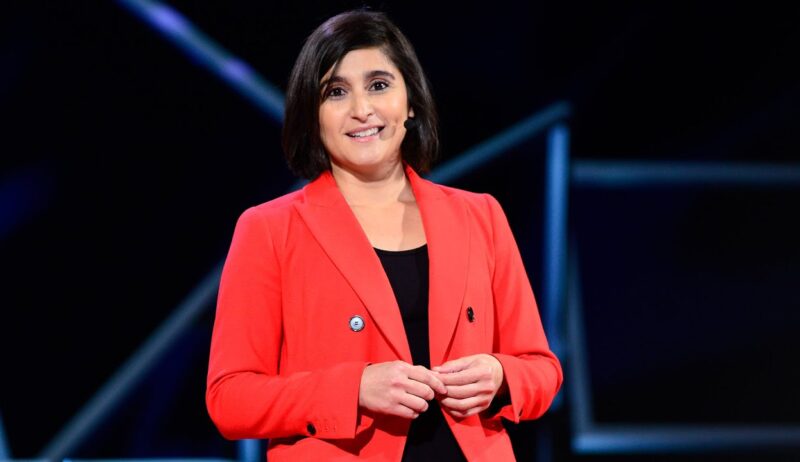
Rapidly spreading viruses are not new. They’re not going away. How do we protect ourselves against them? Invent. Prevent. Respond. Learn.
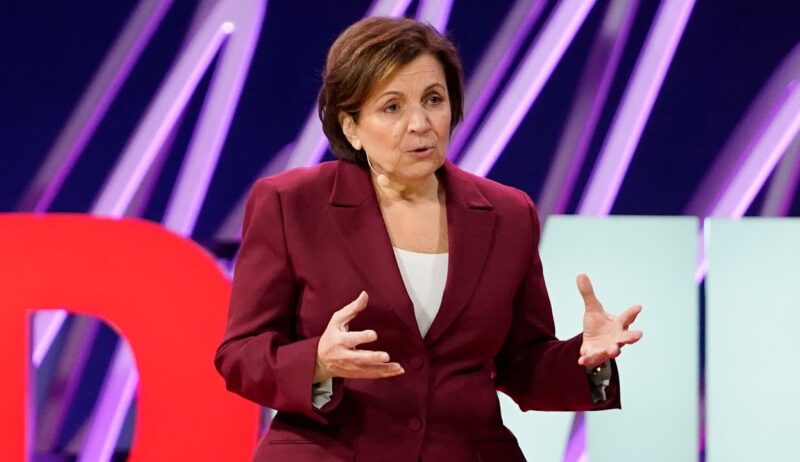
Youth anxiety, depression, and suicide rates are on the rise. How can we change this trend? Build problem solving skills. Manage stress. Connect with community. Develop friendships.
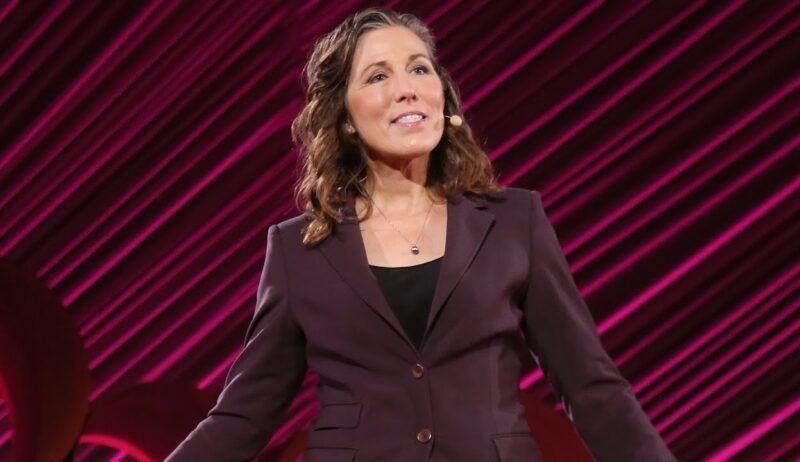
What we see, hear, and feel shapes our well being. Probe your bond with these factors. Build better health.
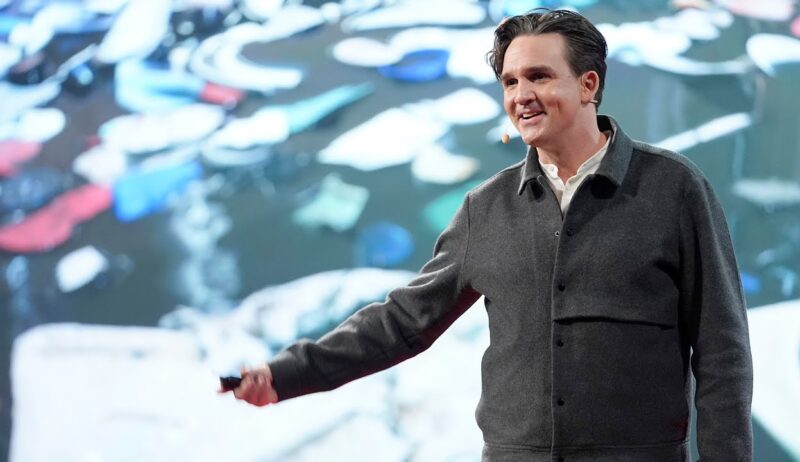
When firearms are present, intimate partner violence (IPV) is dramatically more likely to end in homicide. Both extreme risk protection orders (ERPOs) and domestic violence protective orders (DVPOs)…
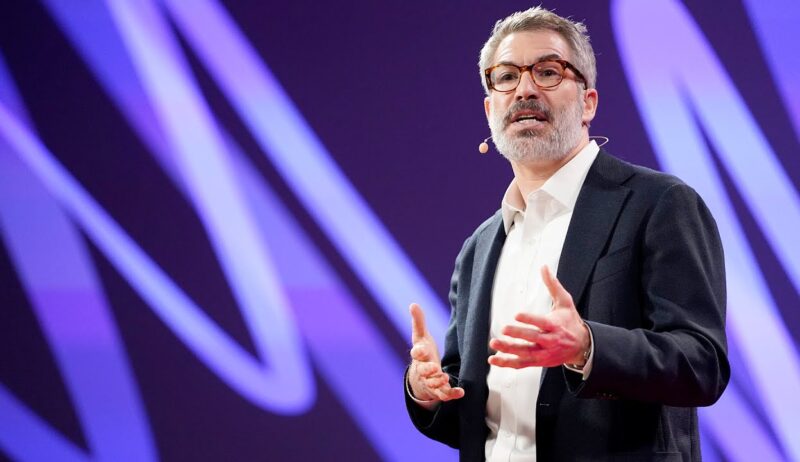
Gun ownership continues to be a controversial subject in the United States amidst rising numbers in gun deaths. From 2019 to 2021, gun deaths among children and teens…